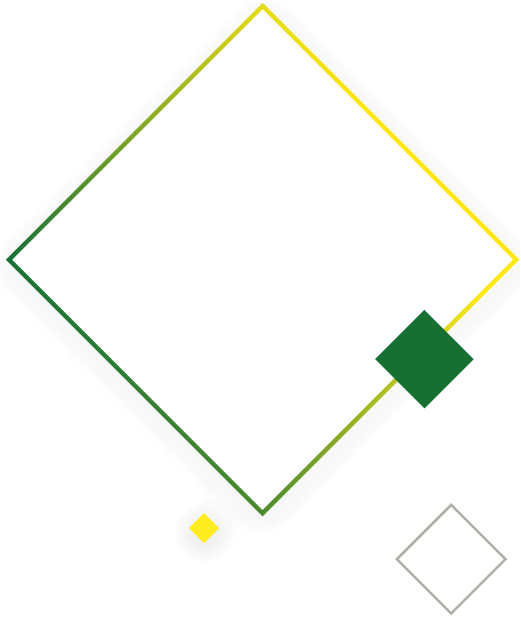
It’s not just your website. Cost-per-clicks (CPCs) for Google Ads are up across the board in 2022.
According to an informal Twitter poll conducted by Barry Schwartz of Search Engine Roundtable in February 2022, over 70% of search marketers are seeing CPC increases in 2022. A similar poll on the r/PPC subreddit showed that 82% of respondents claimed that CPCs were up year-over-year.
At Agital, when we analyze our own client base in the aggregate, we’re seeing the same thing. The average cost-per-click is up by 30% and the number of clicks is decreasing slightly. So for many industries, it’s clear that there are just as many, if not more, competitors fighting for a pie that’s either the same size or slightly smaller than it used to be (and more expensive per slice).
Within this climate, many marketers are struggling to meet spend-efficiency goals like Return on Advertising Spend (RoAS), a metric that shows us how much money we earn for every dollar spent on ads.
Agital knows that businesses are keenly aware of the costs that go into acquiring customers as well as the cost of goods (CoGs). Maintaining efficiency is tremendously important. ROAS is an extremely important KPI for paid digital advertising campaigns. Many companies are falling short of their efficiency goals in 2022.

If, like most ecommerce merchants, your costs are climbing, you need to mitigate this to stay profitable. You can maintain the efficiency of the ad spend by improving the revenue-per-click in order to offset the rising costs.
Let’s look at the formula for ROAS to help us out: ROAS = (AOV)*(CR)/CPC
There are three metrics required to determine ROAS:
Now let’s plug in a hypothetical scenario:
But if CPCs rise, ROAS decreases. For example, if we apply a 30% increase in CPC, we are now left with a RoAS of only 3.1:
= ($100)(2%)/$0.65 = 3.1.
In order to maintain a target ROAS of 4, we need to increase either AOV or CR. In the hypothetical scenario, to get back to a ROAS of 4, we’ll have to increase AOV or CR by 30%:
= ($130)(2%)/$0.65 = 4.0
= ($100)(2.6%)/$0.65 = 4.0
How can you use your website to achieve this improvement to maintain efficiency? Through investment in conversion rate optimization (CRO).
As CPCs continue to rise, it becomes essential to optimize the user’s on-site experience so that the shopper is more likely to purchase. By dedicating resources specifically to UX and CRO, you will be able to improve your sitewide conversion rates and avoid feeling the negative effects of rising costs.
CRO encompasses multiple tactics, including A/B testing and heatmap/user behavior analysis. With years of expertise in Conversion Rate Optimization, Agital has CRO down to a science that delivers big results—even when CPCs rise.
If you’d like to learn more about our holistic marketing solutions, get your FREE ecommerce analysis and growth plan.
